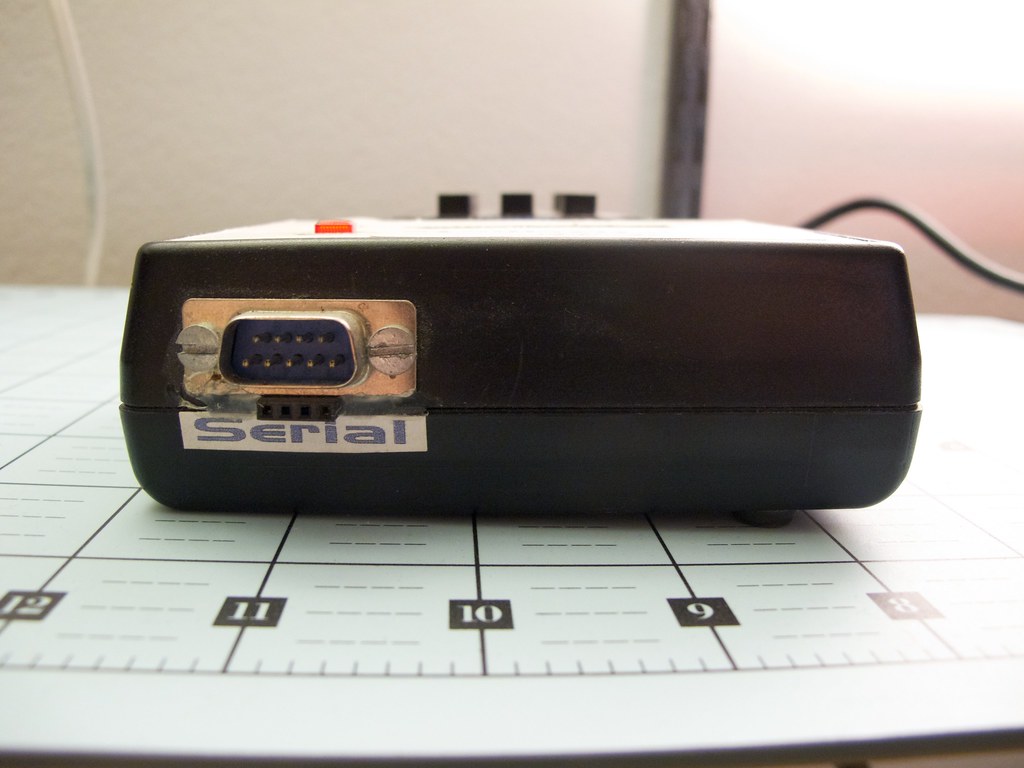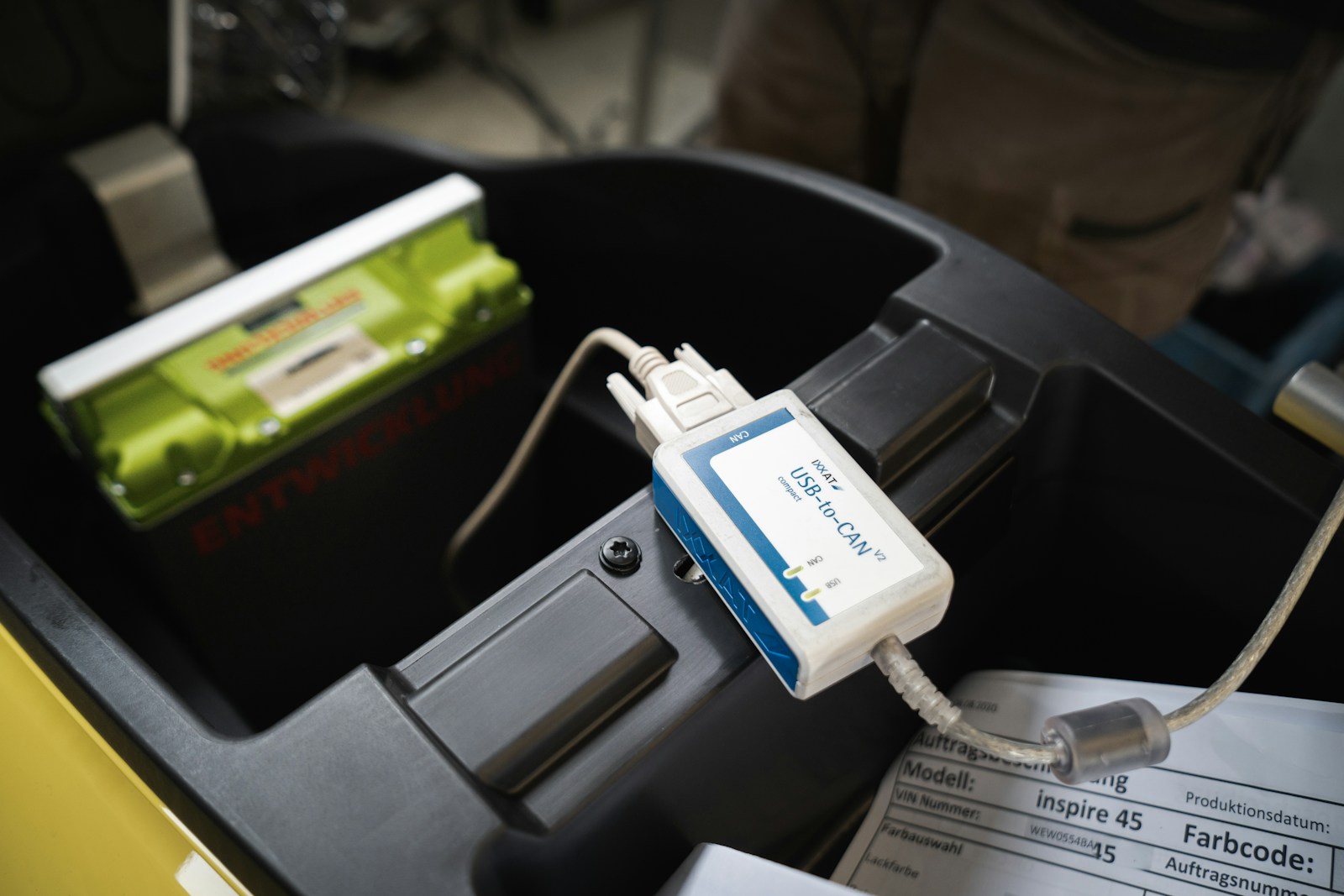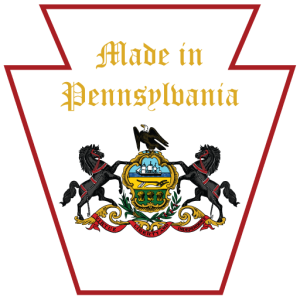Introduction to CAN-BUS Communication
In the intricate world of modern electronics, where devices must seamlessly converse and coordinate actions, the Controller Area Network (CAN-BUS) protocol has emerged as an indispensable communication standard. Originally crafted for the demanding environment of the automobile industry, CAN-BUS has become a cornerstone technology used in various fields, from industrial automation to medical equipment and even smart homes.
What is CAN-BUS?
At its heart, CAN-BUS is a robust, message-based protocol enabling microcontrollers and other electronic devices (known as nodes) to communicate reliably over a shared network. Its key advantages lie in its:
- Resilience: CAN-BUS is designed to function in electrically noisy environments, prioritizing error-free data transmission.
- Efficiency: Its broadcast-based messaging system eliminates complex addressing schemes, streamlining communication between multiple devices.
- Flexibility: Nodes can connect or disconnect from the CAN-BUS network without disrupting overall operation.
- Priority-Based Arbitration: CAN-BUS cleverly resolves conflicts when multiple nodes try to transmit simultaneously, ensuring critical messages reach their destinations on time.

Why use CAN-BUS?
In a traditional wiring system, connecting numerous sensors and devices can quickly become a tangle of wires and potential points of failure. CAN-BUS simplifies this by using a single, shared bus (usually a twisted-pair cable), significantly reducing wiring complexity and enhancing system reliability. It’s particularly well-suited for scenarios where:
- Time-sensitive communication is crucial: Applications like vehicle safety systems or industrial control processes rely on real-time communication that CAN-BUS excels at.
- Devices need to talk to each other: Modern systems increasingly involve multiple interconnected components that need to share data–CAN-BUS enables this efficient device-to-device communication.
Available Libraries
1. SocketCANSharp
- GitHub: https://github.com/derek-will/SocketCANSharp
- .NET wrapper for Linux’s SocketCAN interface.
- Focused on ease of use and compatibility with automotive/industrial automation scenarios.
- Supports CAN-FD and J1939 protocols.
2. CANLIB SDK (Kvaser)
- Website: https://www.kvaser.com/developer-blog/using-canlib-visual-studio-2017-c-net/
- Commercial library offering wide-ranging hardware support (Kvaser devices)
- Comprehensive functionality with advanced features.
- May be best suited for those already using Kvaser hardware.
3. IOT-CS / IOTCS
- GitHub: https://github.com/IOT-CS/IOTCS
- Designed for industrial IoT gateways, with a focus on cross-platform functionality.
- Supports PLC integration and protocols like Modbus and OPC UA.
- Might pair well with projects focused on industrial data communication.
4. imBMW
- GitHub: https://github.com/toxsedyshev/imBMW
- Specializes in BMW iBus communication.
- Useful if you’re primarily reverse-engineering or working with BMW vehicle systems.
5. CANLogger
- GitHub: https://github.com/olegel/CANLogger
- Tool with analysis capabilities alongside basic CAN bus communication.
- Good if your project includes logging and visual analysis.
Which Library to Choose
The best library for you depends on several factors:
- Hardware Compatibility: Check if the library supports your specific CAN BUS interface device (i.e., adapters from Kvaser, Peak, Vector, etc.).
- Features: Do you need basic sending and receiving, or advanced features like filtering, logging, or diagnostics?
- Commercial vs. Open-Source: Consider whether you’re willing to pay for commercial support (like with Kvaser’s CANlib) or prefer the flexibility of open-source libraries.
- Specific Protocols: If you’re working with J1939 or need to integrate with other industrial protocols, make sure the library has the necessary support.

Conclusion
CAN-BUS offers a powerful and reliable communication solution for a wide range of applications. Libraries such as SocketCANSharp bring the ease of C# programming to the world of CAN-BUS, enabling developers to create robust applications that interact with CAN-based systems. Understanding CAN-BUS fundamentals and selecting the appropriate C# library unlocks the potential to streamline communication, enhance coordination, and build sophisticated embedded systems. As technology continues to evolve, the interplay of C# and CAN-BUS promises to remain an integral component across various industries.


